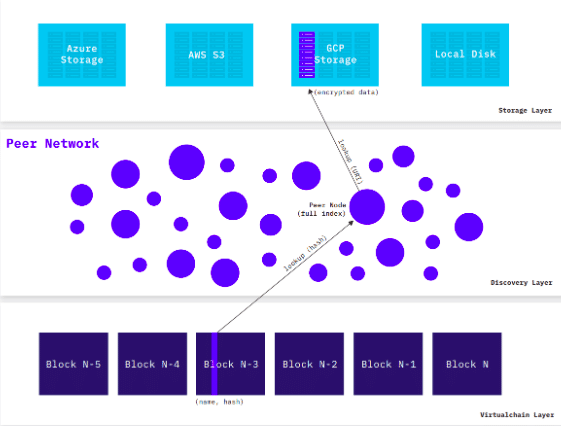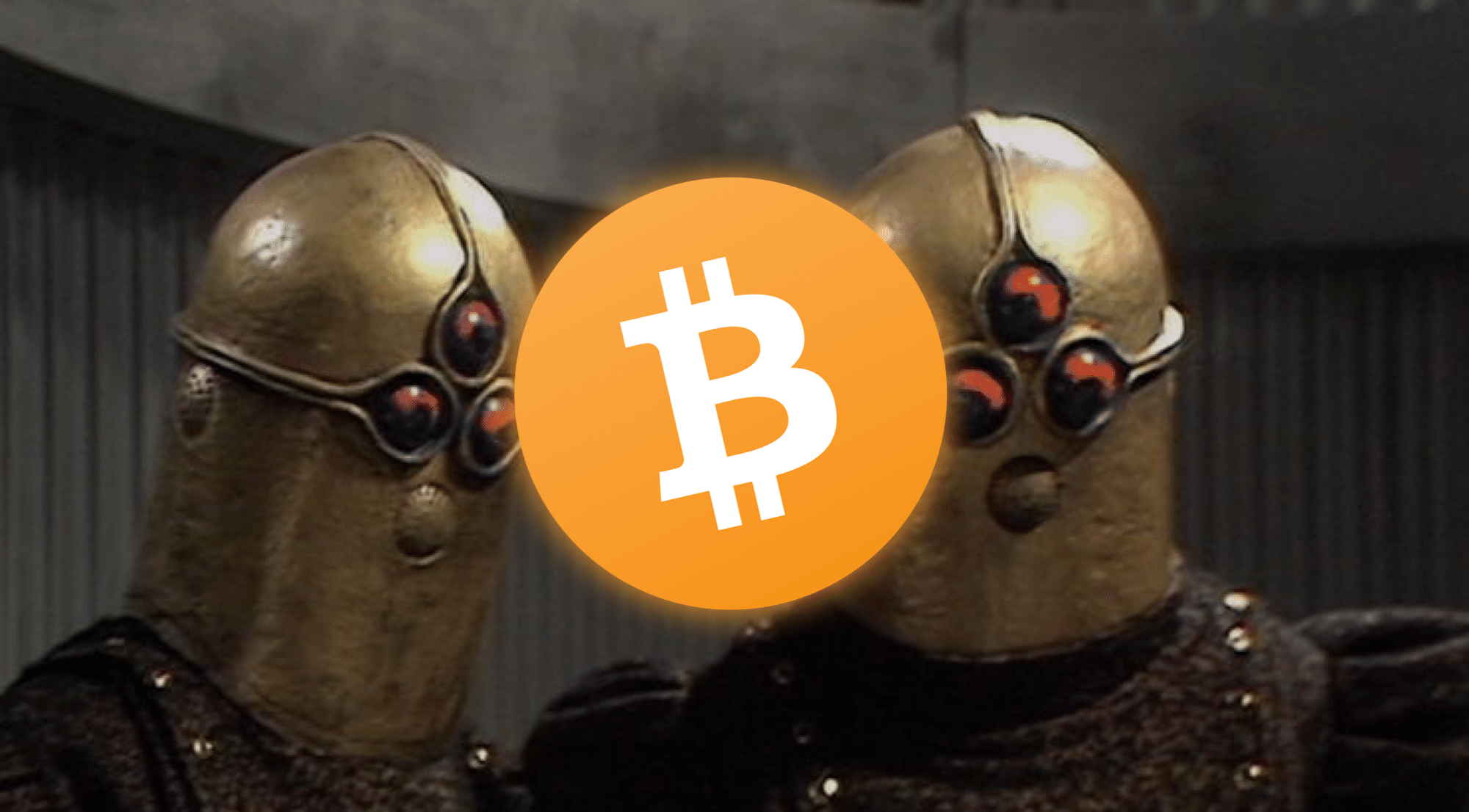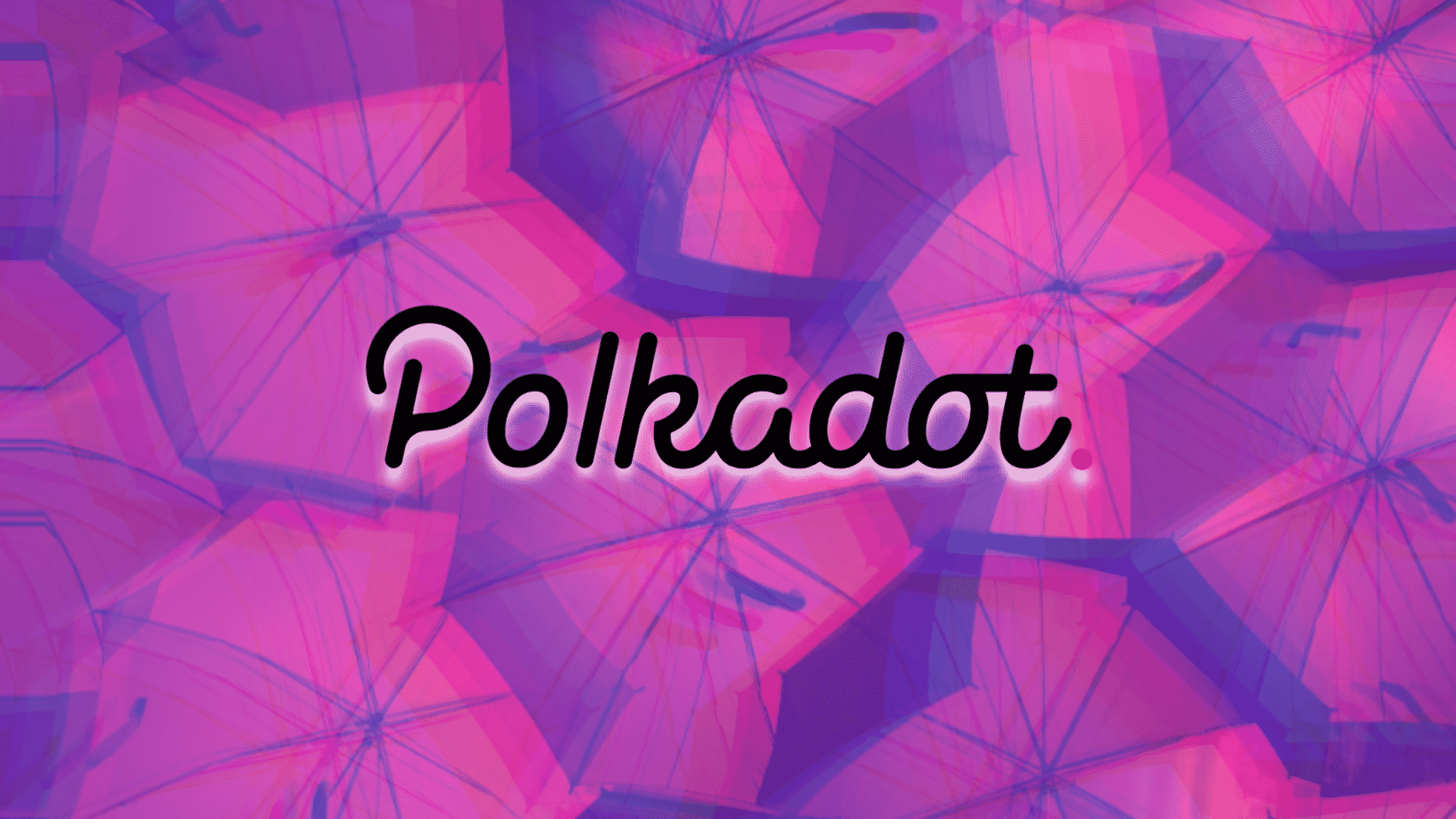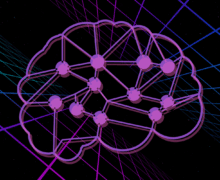Stacks (originally Blockstack) is a decentralized computing network and ecosystem for decentralized applications (dApps) run on Bitcoin. The Stacks team’s overarching goal is to give users control of their data and identity by providing a suite of developer tools and protocols intended to lower the start-up barriers of dApp development.
In other words, the Stacks team is aiming to build the infrastructure for a bustling NFT, DeFi, and other smart-contract enabled services similar to the Ethereum network, but on Bitcoin.

In this Stacks guide, we take a look at:
- How Does Stacks Work?
- Stacks Team & Progress
- Where to Buy STX
- Where to Store STX
- Final Thoughts
- Additional Stacks Resources
This article was first published in August 2019. It has since been revised to reflect new developments.
How Does Stacks Work?
Stacks is a comprehensive ecosystem containing numerous components that enable you to go from “Zero-to-DApp” in less than an hour. Let’s examine a few of the necessary parts.
Stacks Blockchain
As you could probably guess, the Stacks blockchain is the foundation of Stacks. It implements a leader election process with Tunable Proofs to maintain consensus. The Tunable Proofs enables Stacks to combine native Proof-of-Work (PoW) consensus with the hash power of a more established blockchain.
Currently, the Stacks blockchain includes a combination of its own Proof-of-Work and a Bitcoin Proof-of-Burn consensus. To become a leader (miner), you burn the underlying cryptocurrency (bitcoin) and commit a set of transactions. You receive a mining reward if your transactions match the ‘winning’ chain.
Once the network is large enough, the Stacks team plans to switch the Stacks blockchain over entirely to a native PoW consensus.
Stacks Authentication
One of the project’s first features, Stacks Authentication, connects your identity to all of the dApps in the Blockstack ecosystem. It utilizes single sign-on with your universal username, and in place of passwords, public key cryptography that runs on your local device’s software.
Authentication is entirely on-chain, maintained by the Stacks blockchain and Stacks Naming System.
Gaia Data Storage
According to the Blockstack whitepaper,
“[Gaia is] a user-controlled storage system that enables applications to interact with private data lockers.”
Individuals, rather than the Stacks blockchain, host these data lockers. Instead, the blockchain records point to a piece of data’s Gaia location. As with other forms of blockchain storage, Gaia removes the need to trust third-party cloud storage providers like Amazon and Google.

Clarity Smart Contracts
Similar to Ethereum’s Solidity, Stacks implements its own smart contract programming language, Clarity. Unlike Solidity, Clarity is non-Turing complete over a single transaction. However, it is Turing complete over the history of transactions.
Stacks keeps the majority of a dApp’s business logic off-chain and prevent the virtual machine (VM) from compiling smart contracts. In fact, most dApps using Stacks aren’t actually smart contracts.
Libraries and SDKs
The Stacks developer community has a substantial (and growing) list of tools to help developers build Stacks applications. The list includes, but isn’t limited to libraries for:
- Android
- iOS
- Javascript
- React Native
If you’re a novice developer, the team also provides a tutorial on creating a dApp in under an hour.
App Mining
Every month, Stacks rewards the best apps in the ecosystem with a $100,000 prize pool. The top app receives 20 percent of the total prize ($20,000). The next best app receives 20 percent of the remaining pool ($16,000). And so on until the pool is dry.

Stacks has partnered with four independent companies (Product Hunt, Awario, TryMyUI, Internet Labs), which rate the apps using their distinct proprietary data. Your app’s ranking depends on which Stacks features you’ve integrated, how you’ve improved since the previous month, and how many standard deviations you are away from the average score in your category, among many other aspects.
The Stacks Token (STX)
The Stacks token is the native token of the Stacks ecosystem. You spend STX to register digital assets, execute smart contracts, perform transactions, and anchor app chains, among other activities.
Stacks Team & Progress
Stacks, created by Muneeb Ali and Ryan Shea, initially launched in 2014 as a decentralized identity system. Throughout 2015 and 2016, the team created the Blockchain Naming Service and brought on two additional team members.
The project recently made headlines as the first token sale in U.S. history to receive clearance from the Securities and Exchange Commission (SEC).
In the second quarter of 2017, they launched the Stacks Authenticator and published the project’s whitepaper. At the end of that year, the team held a token sale in which they raised about $50 million.
Throughout 2018, the Stacks team released several development libraries, launched a universal store for dApps, and created the Stacks wallet among several other accolades.
Already this year, Stacks created a prototype for their VM and released a new consensus algorithm.
- Clarity smart contract SDK
- Hardfork to a new consensus
- Fully-featured smart contract support
- Improvements to Gaia
The project has received investments from some of the top venture capital firms in the world, including YCombinator, Union Square Ventures, and Winklevoss Capital.
Where to Buy STX
The Stacks token sale is fully regulated by the SEC under Regulation A+, so expect to provide personal information for Know-Your-Customer (KYC) and Anti-Money Laundering (AML) laws.
The token sale began on July 11 and will continue until the project raises $28 million. To register, head over to the Stacks token sale registration page.
Where to Store STX
You should store your STX in the official Stacks wallet. It’s available on Mac and Windows operating systems.

For additional security, consider using a hardware wallet like Ledger or Trezor as well. The Trezor One, Trezor Model T, Ledger Nano S, and Ledger Blue all support STX storage.
Note: To perform transactions in the Stacks wallet, you need to supply a small amount of bitcoin as fuel.
Final Thoughts
The Stacks team envisions an entirely decentralized Internet on the horizon and their ecosystem at the base of it. The project is an ambitious undertaking, but the team has shown that they get results through continuous development milestone achievements. It also helps that they have the support of some of the biggest names in blockchain, cryptocurrency, and venture capital.
Although the current token sale requires some KYC input, it’s worth a look.
Additional Stacks Resources
Never Miss Another Opportunity! Get hand selected news & info from our Crypto Experts so you can make educated, informed decisions that directly affect your crypto profits. Subscribe to CoinCentral free newsletter now.










